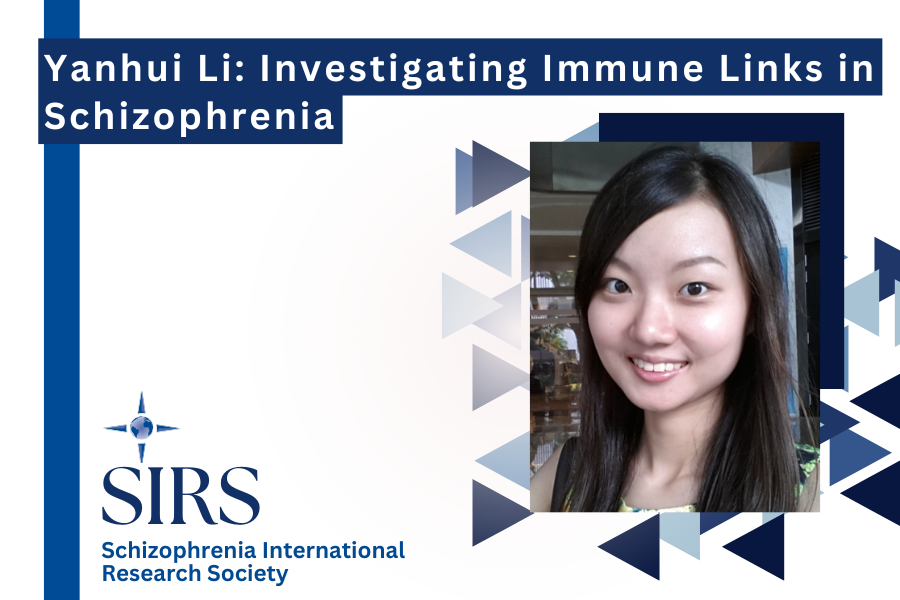Written by:
Rohail Kahn
Growing up, my brother was my idol.
His determination, unrelenting drive in life made me realize how important he was to others around him. His life, ever unpredictable, spiraled into a shadow over his brilliance. His battle with schizophrenia has become a part of our family’s story, one of pain, perseverance, and progress.
I watched him go from a boy with goals, a social life, and connection with family and friends, to a young adult who destroyed everything he worked for.
In 2016, my brother began his college journey at the University of California, Santa Cruz
(UCSC). As a Division 3 NCAA runner, he had the discipline, talent, and will to speak of a bright future.
But as running seasons changed, so did his path in life. College, intoxicated by the allure of independence, became candy for a child. My brother found himself in a crowd that led him into the drugs that made hell seem like a second layer of heaven. His experimentation morphed into dependency, and sooner than later, he dropped out. The cannabis, methamphetamine, and LSD that once promised escape turned into handcuffs from life.
Addiction stole him.
He dropped out in his freshman year and began living in our house. Then he left for three months. Some of the hardest three months for my family. And with his diagnosis, came the symptoms.
“Stop stalking me.”
These words erupted throughout the house every hour.
The delusions that live in his head, only hurt him. He complains about how alone he is, but how he is never alone. His sleep and hygiene deteriorated, to the point where I couldn’t even sit next to him. His hair and beard grew into a nest. His scribbles on the wall showed nothing but his captivity. After the walls were pure graphite grey, the numerous 51/50 calls for his aggression, and his countless visits to the mental health hospitals, he decided to rent his own apartment in San Francisco.
At the time, my mental health was depreciating. With my fuming hormones as a teenager, I began to have thoughts that I was schizophrenic. It was scary to think about. Sleepless nights thinking about how schizophrenia is going to affect me. It wasn’t until I started reading about mental health that I learned how common these feelings can be for teens, and that they are often temporary and treatable with the right support. Looking back now, I realize how important it is to seek help and to share your struggles. Those feelings taught me to value mental health and empathy in a way I never had before.
My brother never took mental health seriously. He created conspiracies about companies threatening to attack him, and blocked any company logos in his room. He put tape on other people’s rooms. He threatened to hurt people if they continued stalking him. One report led to another, and he officially got evicted. I still recall the landlord telling my family about how thick the number of reports were. It was sad to see that he could go nowhere.
My brother decided to seek treatment - a flicker of hope we saw.
While on medicine, my brother aspired to go to college, to pursue a degree in art, and one day, become an artist. Each step forward, no matter how tentative, is a success.
My brother has shown me the true meaning of perseverance. Not only with diagnosis, but with his dreams.









